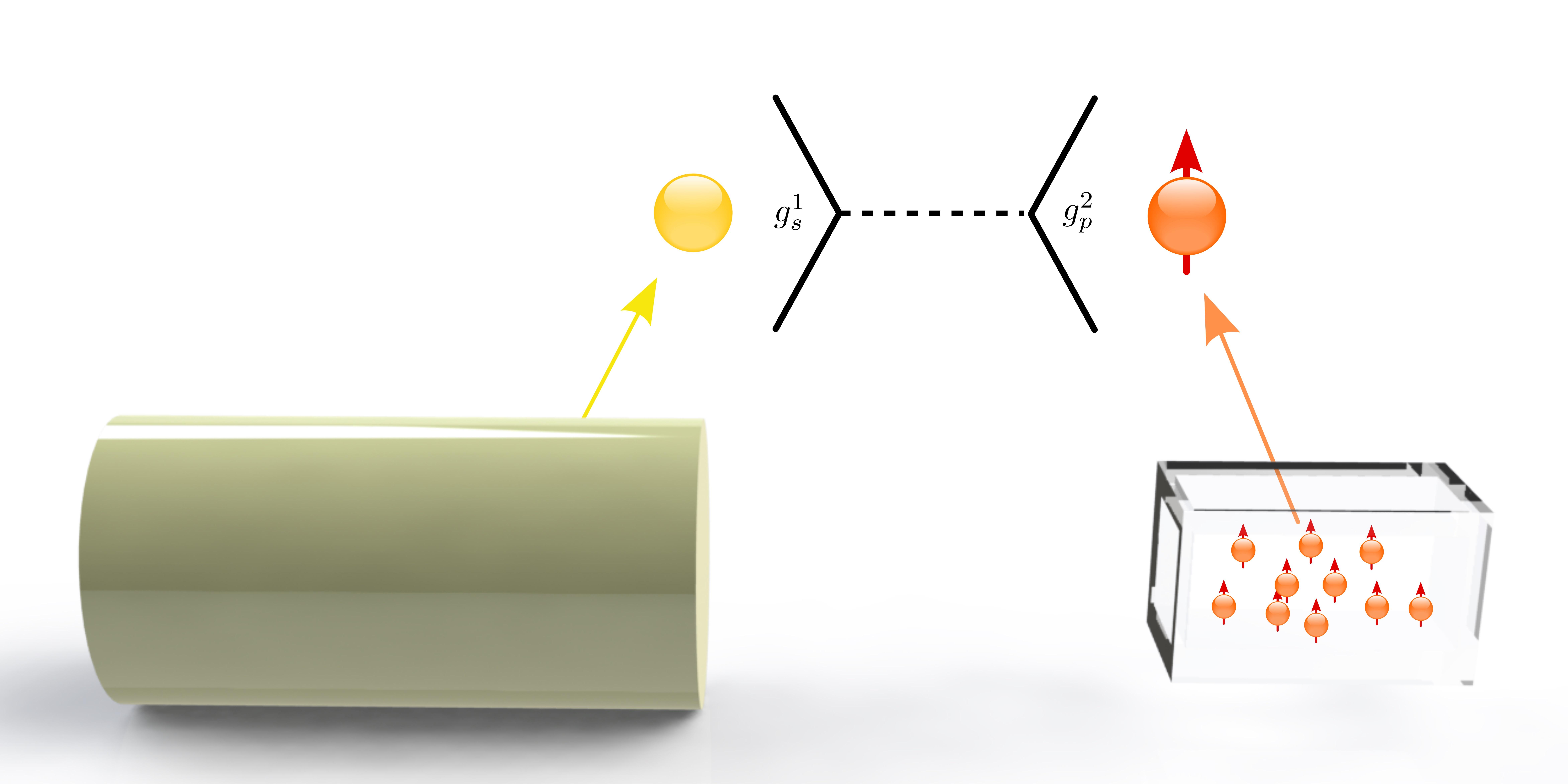A research group led by Prof. SHENG Dong and Prof. LU Zhengtian from University of Science and Technology of China (USTC) of the Chinese Academy of Sciences has developed a high-precision xenon co-magnetometer.
They used this atomic device to search for new physics beyond the Standard Model, and the null result of the research implies new upper limits on the monopole-dipole interactions at the submillimeter range.
The work was published in Physical Review Letters on June 10.
In a co-magnetometer, by measuring the spin precession signals of two different kinds of atoms cohabiting in the same cell, researchers can remove the dominant effects due to the magnetic fields, and probe monopole-dipole interactions between atomic spins and a nearby mass.
In this study, the researchers used xenon-129 and xenon-131 in the cell of a co-magnetometer. The cell also consisted rubidium atoms, polarized by laser, and then the rubidium atoms polarized the xenon atoms via collision. Rubidium atoms were also used to indicate the precessions of the xenon isotypes.
However, previous studies have shown that rubidium atoms have systematic effects on the measurement and affect the precision. To avoid the effect, the researchers developed a procedure to suppress the effects of polarized rubidium atoms on the precession xenon nuclei.
Due to these advances in the co-magnetometer, the precise measurements resulted in new upper bounds on the strengths of monopole-dipole interactions over the range of 0.11 – 0.55 cm, corresponding to axion mass range of 0.36 – 1.80 meV/c2. In particular, the bound has been improved over previous works by a factor of 30 at the interaction range of 0.24 mm.
The monopole-dipole interactions are supposed to be mediated by axions, hypothetical particles beyond the Standard Model. Axions are possible sources of the cold matter. By searching for monopole-dipole interactions with higher sensibility and lower upper bounds, scientists may uncover the mystery of the universe one day.

Schema of a co-magnetometer. The right is a cell containing atoms, and the left is a nearby mass. (Image by SHENG Dong and LU Zhengtian's team)
Paper link:
https://doi.org/10.1103/PhysRevLett.128.231803
(Written by ZHANG Yihang, edited by JIANG Pengcen, USTC News Center)
